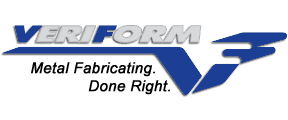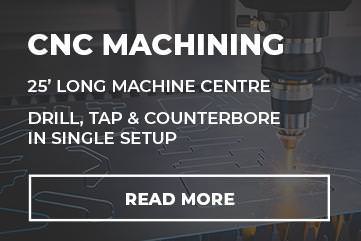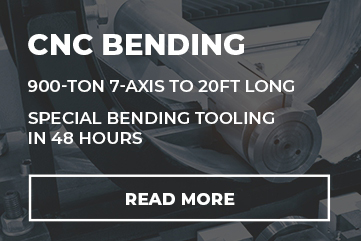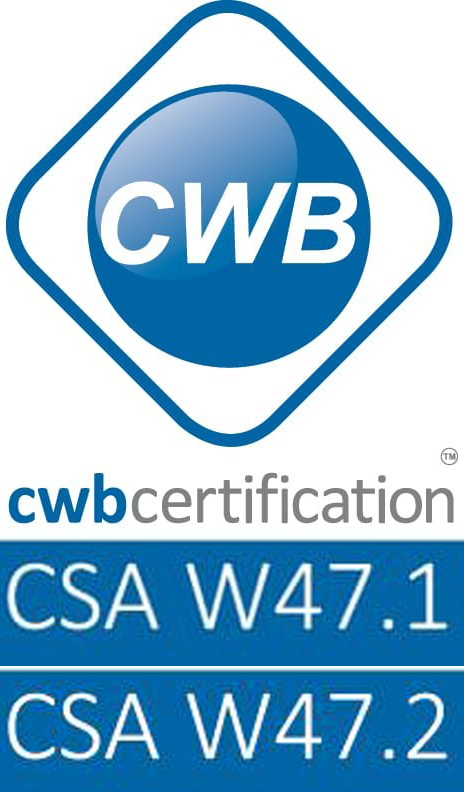News
What is SMAW Used For: A Deep Dive into Shielded Metal Arc Welding
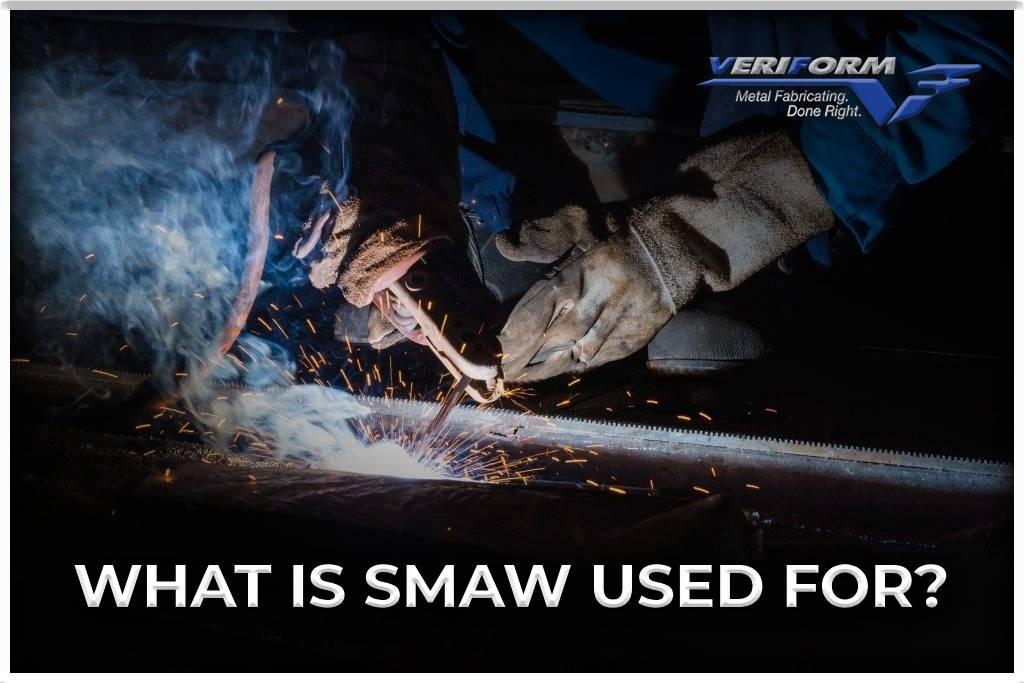
Have you ever wondered, “What is SMAW used for?” Well, you’re not alone. The fascinating world of welding can be quite intricate, but today, we’ll shed some light on the topic, making it both engaging and easy to grasp. So, let’s jump right in!
How to Use Shielded Metal Arc Welding (SMAW)
The charm of SMAW, or Shielded Metal Arc Welding, is its simplicity, combined with its efficacy. To get you started, picture this: It’s a breezy afternoon, and you’re in your garage, ready to join two metal pieces. You strike an electric arc between the metals and the electrode, and voila! The metals begin to meld together as the electrode melts into them. But wait, there’s more to it. Ensuring the welding rod is at the right angle, dragging it consistently, and maintaining the right arc length are all crucial elements of this dance.
What Basic Equipment Is Required for SMAW?
Now, if you’re inspired by the above visual and thinking about diving into SMAW, there are some basic tools you’ll need. At the heart of it all is the power source, which can either be AC or DC. Then you have your electrodes – the magic wands of welding, if you will. These come in various types depending on the material and purpose. Safety first! So, don’t forget the protective gear like welding helmets, gloves, and a sturdy apron.
What Is the Right Speed for Shielded Metal Arc Welding?
Imagine driving. Going too fast might lead to a crash, and going too slow could cause a traffic jam. Similarly, in SMAW, speed matters. The perfect speed ensures a neat weld bead, preventing slag inclusions and porosity. If you’re moving too fast, your weld might be too thin. Too slow, and you risk making it overly thick or uneven. The trick is to watch the puddle – that molten pool of awesomeness. Its size and shape will guide your pace.
What Is the Recommended Power to Shielded Metal Arc Welding?
When talking power, we mean the amperage setting. Think of it as the volume knob on your music system. For SMAW, the electrode size and the material thickness dictate the right power. Bigger electrodes need more power, and thicker metals need a hotter arc. It’s about finding the sweet spot where the electrode doesn’t burn too quickly but still provides adequate penetration.
In What Positions Can SMAW Be Performed?
One of the highlights of SMAW is its versatility. Whether you’re working on a flat surface, making vertical welds, or even overhead – SMAW’s got you covered. There are 1F (flat), 2F (horizontal), 3F (vertical), and 4F (overhead). Each position has its quirks, but with practice, mastering them all becomes second nature.
Is SMAW Recommended for Beginners?
Short answer? Absolutely! Remember the garage scenario? That could be you! SMAW is often hailed as the perfect starting point for budding welders. Its basic equipment, combined with the ability to weld in various positions, offers a great learning curve. Just remember – like every craft, practice is key.

Which Metals Can Be Welded With SMAW?
Another feather in SMAW’s cap is its adaptability to various metals. From carbon steel stainless steel to cast iron – SMAW does the job. Even some aluminum and nickel alloys can join the SMAW party. However, always ensure you’re using the right electrode for the metal to ensure the best results.
What Material Thicknesses Can Be Welded With SMAW?
When diving deeper into the capabilities of SMAW, one might wonder about the material thicknesses suitable for this method. SMAW is highly versatile. It can tackle a wide range of thicknesses, from as thin as 18-gauge sheet metal to heavy plates over an inch thick. But remember, the choice of electrode and power setting plays a pivotal role. For thinner materials, a smaller electrode with a lower amperage setting is apt, while thicker materials demand heftier electrodes and higher power.
What Industries Use Shielded Metal Arc Welding (SMAW)?
The prowess of SMAW isn’t just confined to one’s backyard or garage. Industries worldwide have embraced it with open arms. From construction, shipbuilding, and pipeline development to repair and maintenance tasks, SMAW’s footprint is everywhere. Its ability to perform in challenging environments, like windy outdoor settings, gives it an edge, making it a favourite in many sectors.
What Are the Advantages of Shielded Metal Arc Welding (SMAW)?
Let’s list out the laurels of SMAW:
- Versatility: Whether it’s different metals or varied thicknesses, SMAW is up for the challenge.
- Portability: Compact equipment means it can be taken almost anywhere, from high-rise buildings to remote field locations.
- Less Sensitivity to Wind: Unlike some other welding methods, SMAW performs well even in windy conditions.
- Adaptability: It’s suitable for both indoor and outdoor tasks, making it a go-to for many professionals.
What Are the Disadvantages of Shielded Metal Arc Welding (SMAW)?
While SMAW has its highs, it comes with a few drawbacks:
- Slower Process: Compared to other welding methods, SMAW can be time-consuming due to the need to change electrodes frequently.
- Skill Requirement: It demands a higher level of skill, especially for vertical and overhead welds.
- Waste: Used electrode stubs and slag need disposal, which can be seen as wasteful.
- Not Ideal for Thin Materials: Extreme care is needed when welding thin materials to prevent burn-through.
Is Shielded Metal Arc Welding (SMAW) Costly?
When pondering the costs associated with SMAW, one might be pleasantly surprised. Initial equipment costs for SMAW are generally lower than many other welding techniques. However, operational costs can vary. Electrodes, protective gear, and power consumption are factors to consider. But, when viewed holistically, for small to medium-sized projects, SMAW can be quite cost-effective.
Conclusion
SMAW, with its myriad of applications, stands as a stalwart in the welding domain. Its advantages make it a favourite across industries, but like all things, it has its limitations. The key lies in understanding its strengths and leveraging them effectively. Whether you’re a hobbyist or a professional, SMAW has something to offer, promising results that stand the test of time.
